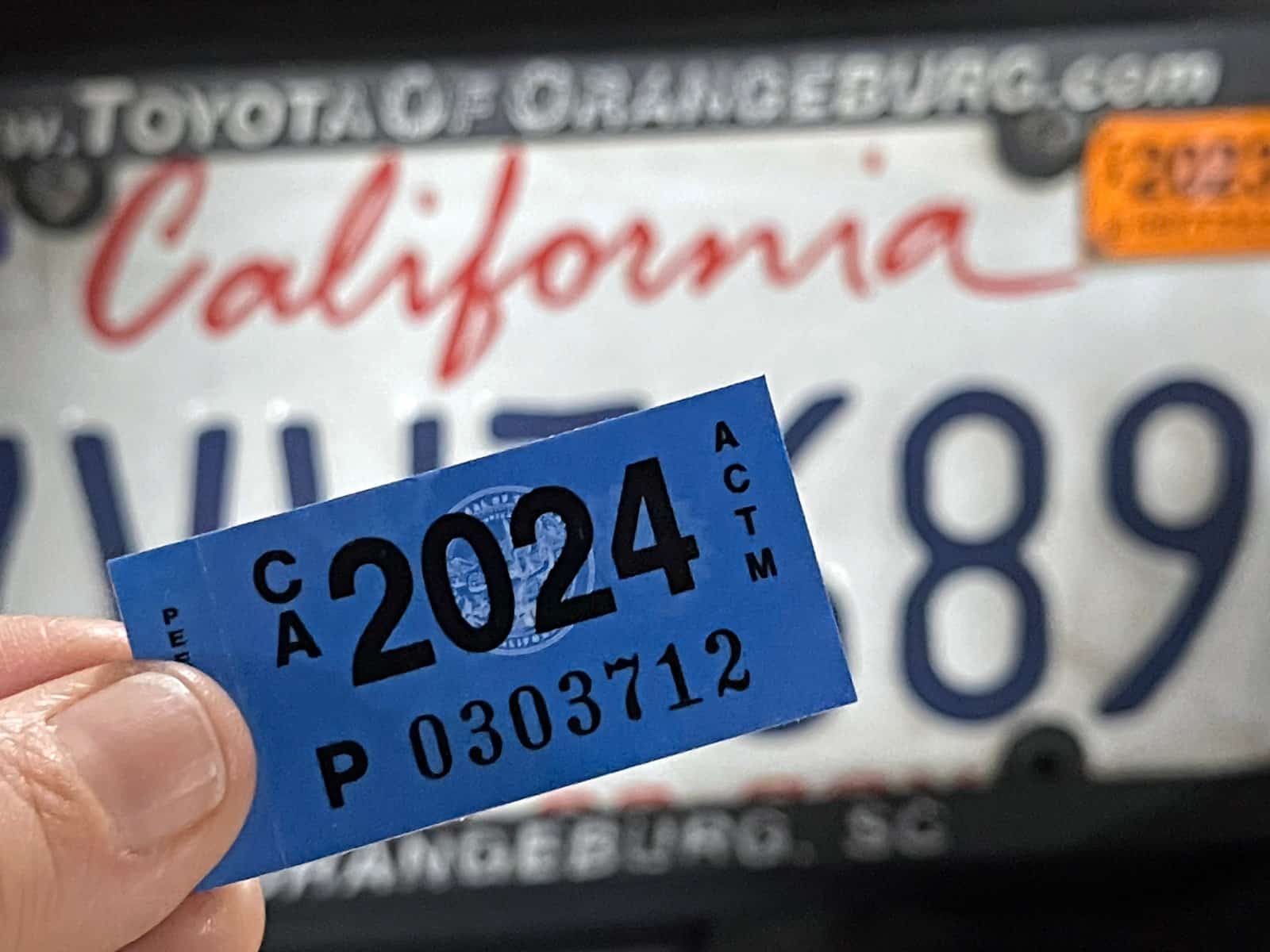The wealth gap in America is widening, and in some states, it’s more pronounced than others. How does your state measure up when it comes to economic inequality?
1. New York

New York has one of the widest wealth gaps in the country. The top 1% earns nearly 45 times more than the bottom 99%, with billionaires thriving while many struggle with skyrocketing living costs. In New York City alone, the homeless population exceeds 70,000 on any given night.
2. California

California’s tech boom has created immense wealth for some, but left others behind. The top 1% earn over 30 times more than the average worker, and homelessness remains a critical issue, with over 160,000 homeless people statewide. High housing costs force many into poverty, even as Silicon Valley thrives.
3. Connecticut

Connecticut is home to wealthy enclaves like Greenwich, yet many residents face economic hardship. The income disparity is stark, with the top 1% earning 37 times more than the bottom 99%. In some cities like Bridgeport, poverty rates exceed 20%, highlighting the divide.
4. Louisiana

Louisiana has significant income inequality, with high poverty rates juxtaposed against wealthy oil barons. The top 1% makes about 25 times more than the bottom 99%. The state also has one of the highest poverty rates in the nation, with nearly 19% of residents living below the poverty line.
5. Florida

Florida’s wealth gap is accentuated by its large retiree population and booming real estate market. The wealthiest 1% earns over 32 times more than the rest, while many struggle with low wages and high living costs. Nearly 14% of Floridians live in poverty, and the state has one of the highest rates of uninsured residents.
6. Texas

Texas has a booming economy, but the wealth isn’t evenly distributed. The top 1% makes 26 times more than the average Texan, highlighting the state’s stark economic divide. Meanwhile, over 14% of Texans live in poverty, and many more lack access to affordable health care.
7. New Jersey

New Jersey’s proximity to Wall Street has enriched some, but left others struggling. The top 1% earns nearly 30 times more than the rest of the population, reflecting a deep economic divide. In cities like Newark, the poverty rate hovers around 28%, contrasting sharply with wealthy suburban areas.
8. Illinois

Illinois has significant wealth concentrated in Chicago, but many rural areas face economic challenges. The top 1% earns 27 times more than the bottom 99%, illustrating the state’s severe income inequality. Chicago’s South Side faces poverty rates above 30%, a stark contrast to affluent neighborhoods just miles away.
9. Massachusetts

Massachusetts, with its prestigious universities and tech industry, has a wide wealth gap. The top 1% earns nearly 33 times more than the bottom 99%, creating stark economic contrasts. Despite its wealth, nearly 10% of residents live below the poverty line, particularly in cities like Springfield and Lawrence.
10. Georgia

Georgia’s economic growth has not benefited everyone equally. The top 1% earns 24 times more than the rest, leaving many behind in areas like Atlanta and its suburbs. The state has a poverty rate of 14%, with rural counties suffering the most.
11. Pennsylvania

Pennsylvania’s income inequality is driven by a mix of old industry wealth and struggling communities. The top 1% earns 28 times more than the average worker, highlighting significant economic disparities. In cities like Philadelphia, the poverty rate is over 25%, reflecting deep-rooted economic issues.
12. Nevada

Nevada’s booming tourism and entertainment industries have created vast wealth for some. The top 1% earns 23 times more than the bottom 99%, while many workers face low wages and job insecurity. The state’s poverty rate is around 12.5%, with Las Vegas showing significant economic disparities.
13. Washington

Washington State’s tech industry has led to significant wealth accumulation for the few. The top 1% earns 31 times more than the rest, exacerbating economic inequality across the state. Seattle’s homelessness crisis is one of the most visible signs of this disparity.
14. Virginia

Virginia’s wealth gap is driven by a mix of federal contractors and struggling rural areas. The top 1% earns 25 times more than the average resident, highlighting stark income disparities. Northern Virginia thrives economically, while places like Petersburg face poverty rates over 25%.
15. Maryland

Maryland, with its proximity to Washington, D.C., has a significant income gap. The wealthiest 1% earns nearly 29 times more than the bottom 99%, reflecting deep economic divisions. Baltimore’s poverty rate stands at about 22%, showing the contrast within the state.
16. Colorado

Colorado’s booming tech and tourism industries have created a wealth divide. The top 1% earns 24 times more than the average worker, highlighting significant economic disparities in the state. Despite its prosperity, around 10% of Coloradoans live in poverty, particularly in rural areas.
17. Arizona

Arizona’s wealth gap is exacerbated by its booming real estate market and low-wage service jobs. The top 1% earns 22 times more than the rest, leaving many residents struggling to keep up with rising costs. Over 13% of Arizonans live in poverty, with notable disparities in cities like Phoenix and Tucson.
18. Michigan

Michigan’s income inequality is driven by a mix of automotive industry wealth and struggling post-industrial cities. The top 1% earns 26 times more than the average resident, highlighting severe economic disparities. Detroit’s poverty rate is over 30%, a stark reminder of the state’s economic challenges.
A More Equitable Society.

These states demonstrate the growing wealth gap in America, where the rich get richer and the rest struggle to keep up. Understanding these disparities is crucial for advocating for economic policies that promote equality and opportunity for all. It’s time to address the root causes of income inequality and work towards a more balanced and fair economy.
23 Steep Taxes Adding to California Residents’ Burden

California: a place of sunshine, innovation, and, unfortunately, some of the nation’s highest taxes. From LA’s beaches to Silicon Valley’s tech hubs, residents grapple with a maze of state taxes. Here’s a glance at 23 taxes that might surprise both Californians and outsiders. 23 Steep Taxes Adding to California Residents’ Burden
Cash in on Nostalgia: 21 Toys Now Worth a Fortune

Time to dust off the boxes and find that once-cherished toy from your childhood. For collectors and enthusiasts, these items have become valued objects, and they can be worth big bucks – are there any of these in your attic? Cash in on Nostalgia: 21 Toys Now Worth a Fortune
Millennials Don’t Buy These 19 Products Anymore

Millennials are changing consumer habits, quietly replacing once-staple products and traditions. Often criticized for their disruptive preferences, this generation is reshaping the marketplace with digital expertise, ethical buying, and a taste for the unconventional. Millennials Don’t Buy These 19 Products Anymore
Featured Image Credit: Shutterstock / GrandAve.
The content of this article is for informational purposes only and does not constitute or replace professional financial advice.
For transparency, this content was partly developed with AI assistance and carefully curated by an experienced editor to be informative and ensure accuracy.
